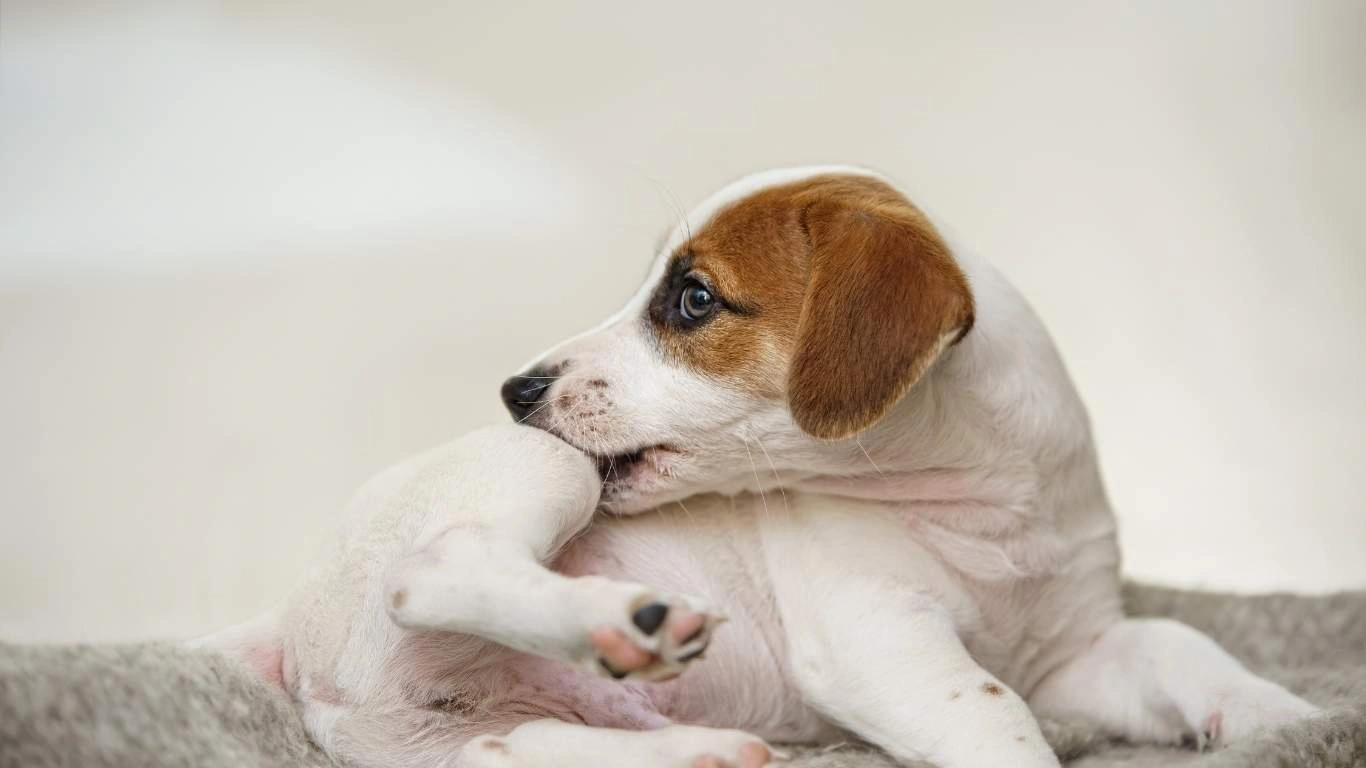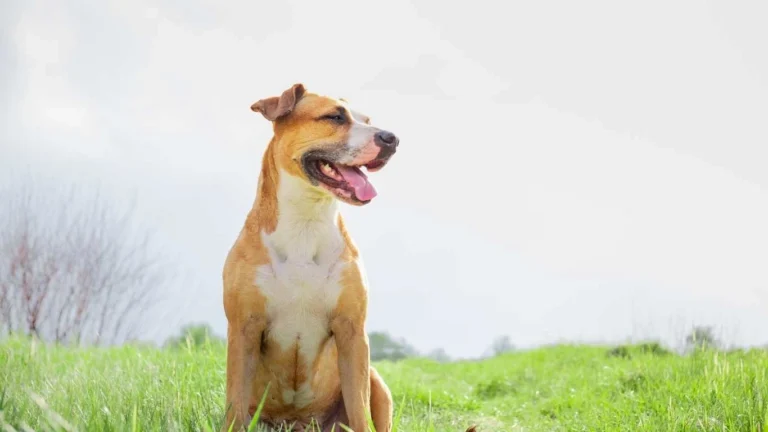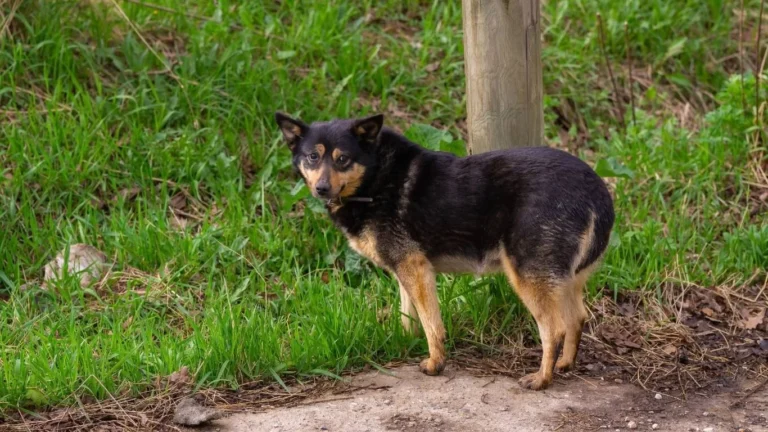The Best Diet for Dogs in Hot Climates: Keep Your Pet Cool & Healthy
When you live in a hot climate, providing the best diet for dogs in hot climates becomes a priority. I’ve spent years as a Pet Nutritionist and working in veterinary clinics, so I’ve seen firsthand the positive effects the right diet can have on a dog’s health, especially in extreme temperatures. Hot weather affects dogs in ways we might not realize, and understanding how to adjust their diet can keep them happy, hydrated, and healthy. In this article, I’ll share my insights into what your dog needs, and how you can make sure their food supports them through the heat.
Why Diet Matters for Dogs in Hot Climates
As a pet care expert, one thing I’ve learned is that diet is one of the key factors in keeping our dogs comfortable in hot climates. Hot weather doesn’t just make them pant more; it can lead to dehydration, fatigue, and heatstroke if not managed properly. By adjusting what they eat, you can provide your dog with the energy, hydration, and nutrients they need to cope with the heat. But it’s not just about feeding them more water – it’s about feeding them the *right* foods that support their overall well-being in those hot conditions.

The Key Nutrients for Dogs in Hot Weather
Just like how we need to adjust our meals for warmer weather, dogs also benefit from specific nutrients in the summer months. Here’s a look at the essential nutrients that can make a big difference:
- Water Content: Dogs naturally drink more water in the heat, but adding wet food to their diet can help boost their hydration levels. Wet dog food contains more water than dry kibble, which makes it easier for your dog to stay hydrated.
- Healthy Fats: While hot weather often leads to a reduced appetite, healthy fats are crucial. They provide energy and essential fatty acids that keep your dog’s coat shiny and skin healthy. Fish oil or flaxseed oil can be a great addition.
- Antioxidants: Heat can increase oxidative stress in your dog’s body, leading to inflammation. Antioxidants like vitamins C and E can help protect against this, reducing inflammation and keeping your dog feeling fresh even in the heat.
- Electrolytes: After intense heat or play, your dog can lose important electrolytes through sweat and saliva. Adding an electrolyte-rich food, or supplementing their water with electrolytes, can help prevent dehydration.
- Low-Protein Options: While dogs need protein, the heat can make digesting heavy proteins more difficult. Consider offering lighter proteins like chicken or turkey, which are easier to digest in the summer.
Best Food Options for Dogs in Hot Climates
Choosing the best diet for dogs in hot climates can be overwhelming with so many options available, but trust me – after working with so many dogs over the years, I’ve found a few key foods that work wonders for keeping them cool and hydrated. Here’s a list of the best foods to consider for your dog:
1. High-Quality Wet Dog Food
If you’ve never considered switching your dog to wet food, now might be the time! Wet food is a fantastic option for dogs in hot climates because it helps maintain hydration. In my experience, dogs seem to eat it up quicker, and it gives them an added water boost. Look for formulas that include lean proteins like chicken or lamb and contain added vegetables for fiber and nutrients.
2. Cooling Fruits and Veggies
Many fruits and vegetables are not only safe for dogs but are also excellent sources of hydration and coolness. I always recommend incorporating fruits like watermelon, cantaloupe, and cucumber into your dog’s diet. These can even be served frozen for an added cooling effect! Make sure to remove any seeds and serve them in moderation.
- Watermelon: Low in calories and high in water content, watermelon is a summer favorite for dogs.
- Cantaloupe: Another hydrating fruit that provides vitamins and a refreshing treat.
- Cucumber: Crisp and full of water, cucumbers are perfect for keeping your dog hydrated and feeling cool.
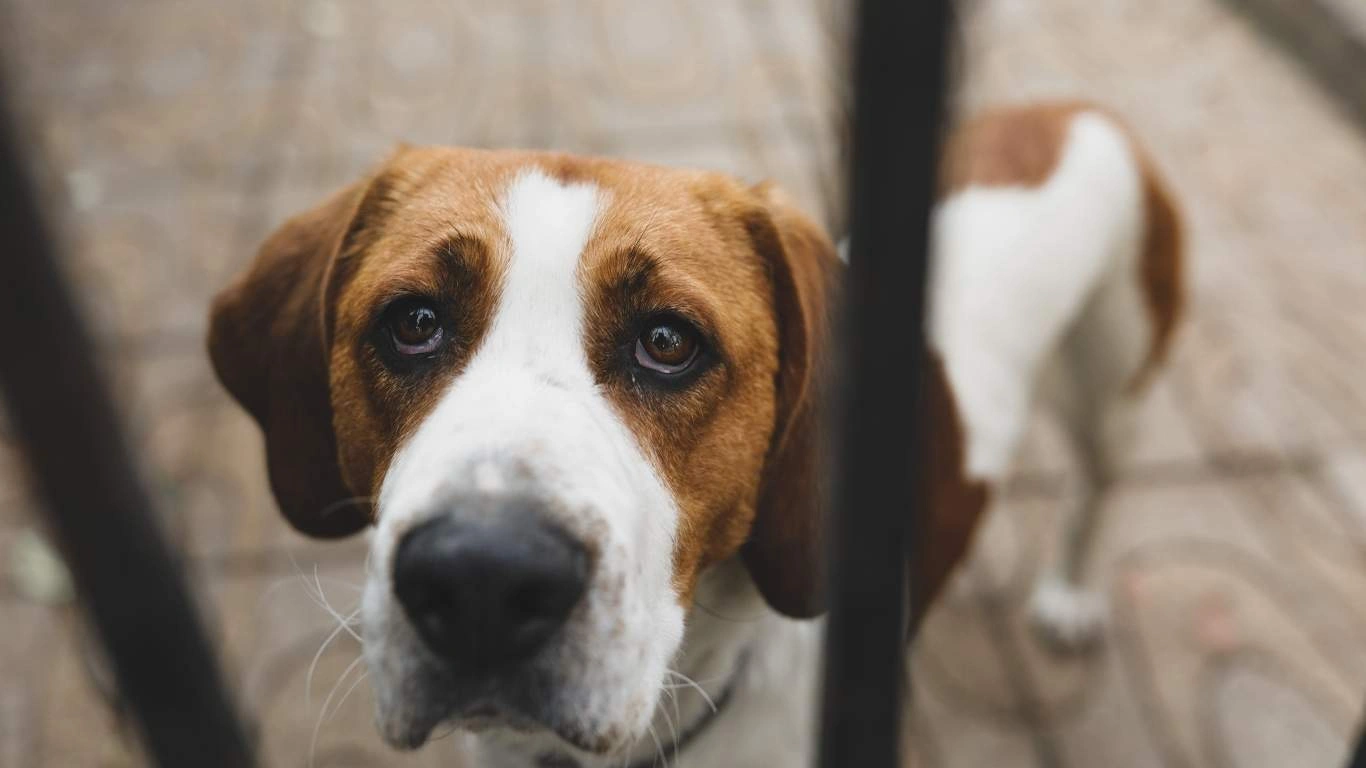
3. Homemade Cooling Meals
If you’re into homemade dog meals, why not get creative with cooling recipes? Making your own dog food gives you full control over what they’re eating, especially when it comes to avoiding excess salt or fats that may be present in some commercial foods. You can blend lean meats like turkey with veggies like zucchini and carrots, then add a little water or low-sodium broth for extra hydration. The best part? You can make these meals ahead of time and store them in the fridge for easy access throughout the week.
4. Freeze-Dried Raw Food
For pet owners who prefer raw food but worry about keeping it fresh in the heat, freeze-dried raw food can be a great compromise. It retains many of the natural nutrients and enzymes from raw food but doesn’t require refrigeration, making it easier to store. Plus, many freeze-dried options are light and easy for dogs to digest, even in hot weather.
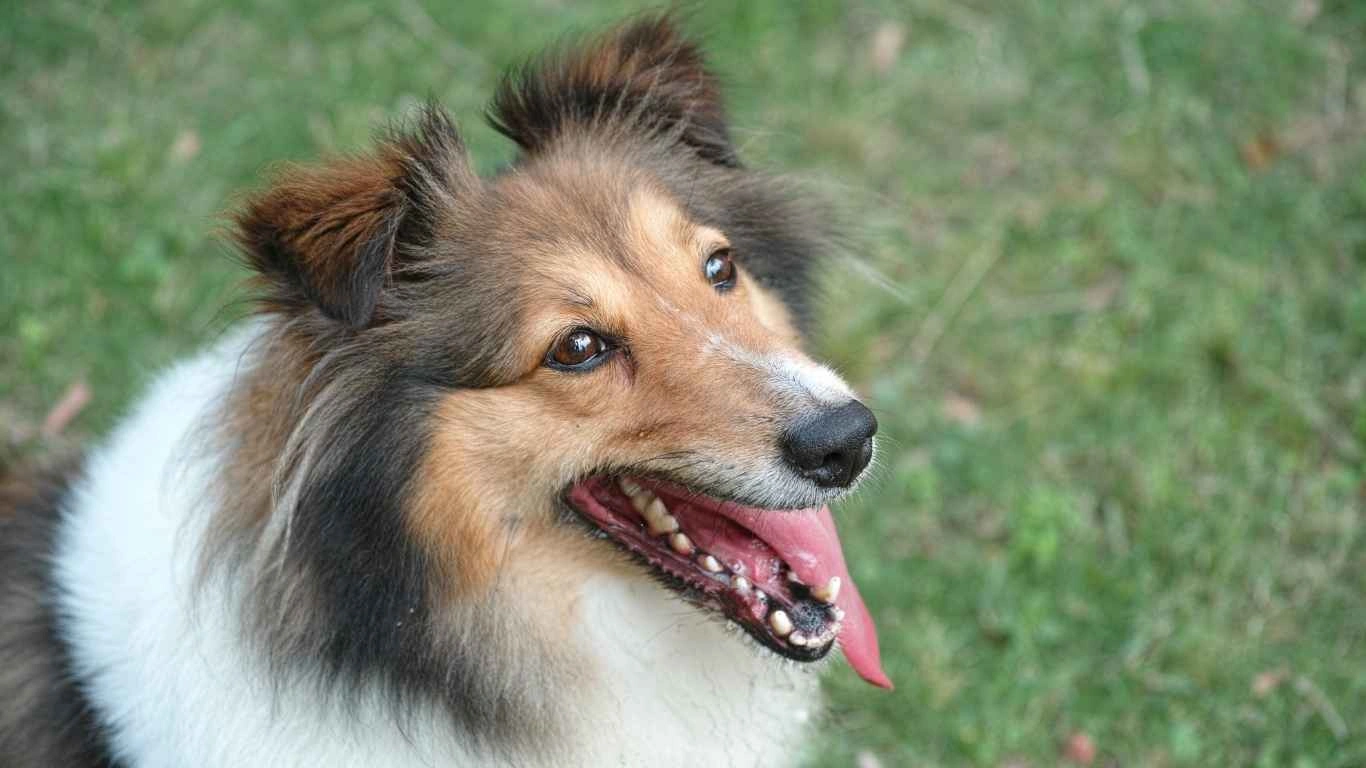
How to Transition Your Dog’s Diet for the Heat
Changing your dog’s diet can be tricky, especially when it comes to hot weather. I always advise my clients to transition slowly. Start by introducing new foods gradually, mixing them with your dog’s regular food over the course of a week. This will help avoid digestive issues, and it gives your dog time to adjust to the new texture and flavors.
Along with the food change, remember to monitor your dog’s hydration levels closely. Fresh water should always be available, and if you’re feeding dry kibble, consider adding water or broth to help with moisture intake. When I transitioned my own dog’s diet during the summer months, it made a world of difference in how she handled the heat!
How to Spot Heat-Related Health Issues in Dogs
As a pet nutritionist with years of experience, I’ve seen firsthand how quickly heat can impact a dog’s health. Sometimes, the signs aren’t as obvious as we’d like to think, and that’s why it’s so important to be aware of the more subtle indicators. Dogs in hot climates are at risk of heat exhaustion and heatstroke, and their diet can either help mitigate these risks or exacerbate them. Let’s dive into the signs you need to watch for and how the right diet can be a game-changer in preventing these issues.
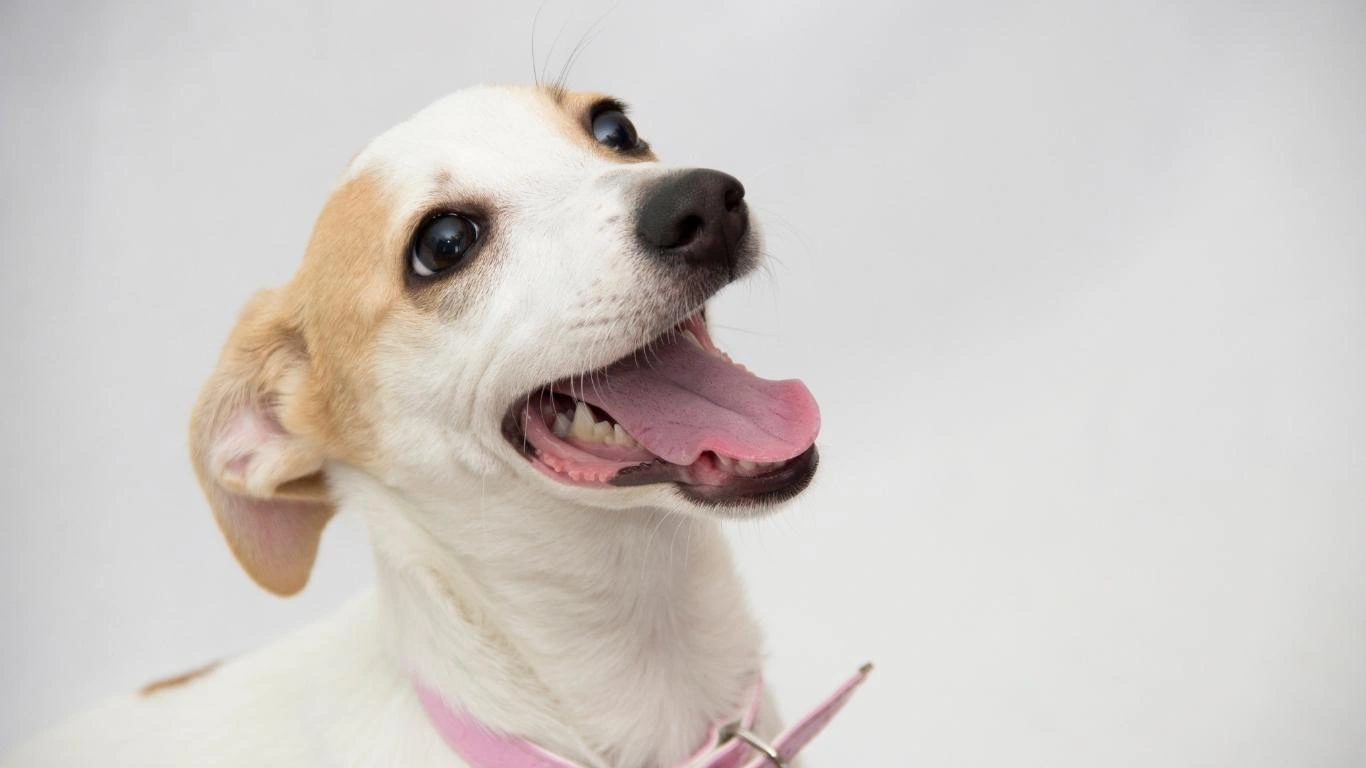
Signs Your Dog Might Be Overheating
It’s easy to overlook the early signs of heat-related stress in dogs, especially if they’re acting normal otherwise. However, in my experience, recognizing these signs early can help you make dietary adjustments and take preventative action before things get serious. Here are a few things to look for:
- Excessive Panting: While panting is normal, excessive panting without stopping can indicate that your dog is struggling to regulate their body temperature. If you notice your dog panting heavily for long periods, it might be time to check if they’re staying hydrated or if their food intake needs to be adjusted.
- Lethargy: Dogs who are overheated often become lethargic. They may be reluctant to play, walk, or move around as usual. If this happens, make sure they have access to cool water and consider changing their food to something more hydrating.
- Excessive Drooling: While dogs do drool, excessive saliva can be a sign that your dog is overheating and having trouble cooling off. Pay attention to whether they are excessively salivating, especially during or after physical activity in the heat.
- Uncoordinated Movement or Collapsing: This is a serious sign. If your dog appears to stumble or collapse, it’s essential to get them cool as quickly as possible and seek veterinary care immediately.
Adjusting your dog’s diet to ensure they’re getting the right amount of hydration, electrolytes, and cooling foods can help prevent these signs from becoming severe. Keep a close eye on your pet, especially during the warmer months, and make sure their meals support their health. You can supplement with cooling treats and frozen foods to help keep them feeling refreshed.
Supplementing Your Dog’s Diet in Hot Climates
In addition to adjusting their regular meals, certain supplements can also provide an extra boost to help your dog stay cool and hydrated during hot weather. These supplements can make a big difference in preventing heat exhaustion, supporting hydration, and even improving their overall health. Over the years, I’ve recommended several safe and effective supplements that work wonders for dogs in hot climates.
1. Omega-3 Fatty Acids
We all know that omega-3 fatty acids are essential for keeping our dogs’ coats shiny and healthy, but did you know they can also support a healthy inflammatory response? Omega-3s are great for helping dogs manage heat-related inflammation. Fish oils or flaxseed oils are the most common sources, and in my experience, they’ve worked wonders in cooling down dogs that are sensitive to heat. A good quality supplement can even support their skin health, which becomes crucial in the hot months when their skin can become dry or irritated.
2. Probiotics for Digestive Health
In warmer temperatures, some dogs may suffer from digestive issues due to stress or changes in diet. Probiotics can help promote healthy digestion, and I’ve found that adding a high-quality probiotic supplement can help your dog maintain a balanced gut, especially during transitions in their diet or during stressful periods like traveling. Probiotics also support the immune system, which is vital for dogs in hot climates when they are more susceptible to infections and illnesses.
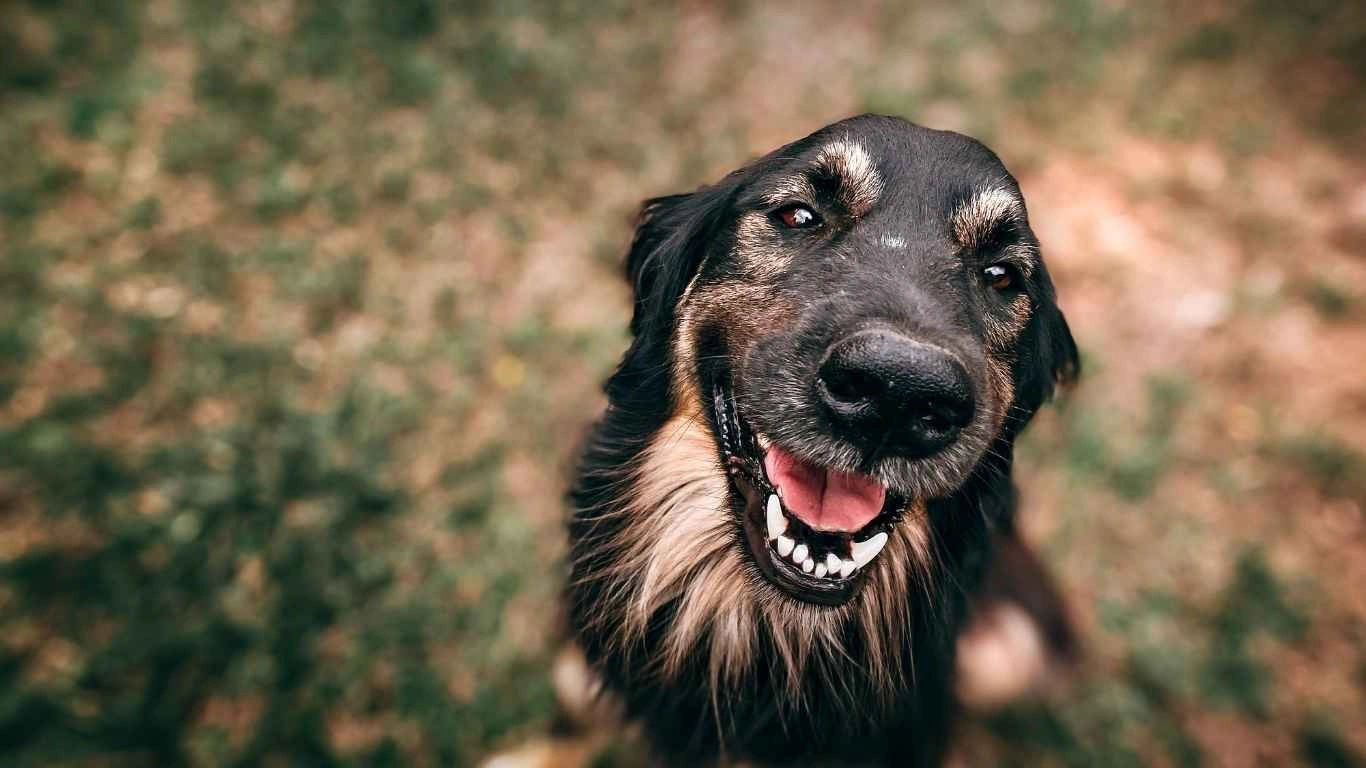
3. Electrolyte Supplements
Just like we need to replenish electrolytes after exercise or heat exposure, so do our dogs. Electrolytes like sodium, potassium, and magnesium help maintain the balance of fluids in their bodies. During hot weather, especially if your dog is active or plays outdoors a lot, adding an electrolyte supplement to their water or food can prevent dehydration and help them stay energized throughout the day. I’ve often seen a huge improvement in dogs’ overall well-being after adding an electrolyte supplement during hot weather spells.
Cool Treats and Foods to Help Beat the Heat
Now, who doesn’t love a good treat? One of the easiest ways to help your dog stay cool in the summer is by offering frozen or cool treats. I’ve seen my own dogs go absolutely wild for frozen goodies on a hot day! These are not only refreshing but also provide additional hydration and nutrition. You can make your own at home with a few simple ingredients, and there are also some great store-bought options available.
Frozen Fruits and Veggies
Frozen fruits and vegetables are an excellent choice for cooling treats, and it’s a simple way to add hydration to your dog’s diet. My dogs particularly love frozen watermelon cubes and sliced cucumber. You can also freeze little bites of cantaloupe or blueberries. The key is to ensure that the treats you’re giving are safe for your dog and don’t contain any harmful seeds or parts (for example, always remove the seeds from watermelon). These can serve as refreshing snacks between meals and provide a great way to keep your dog hydrated.
DIY Frozen Dog Treats
If you’re into DIY projects, try making your own frozen dog treats! You can blend things like plain yogurt (or coconut yogurt for lactose-intolerant dogs) with fruits like blueberries or strawberries, pour the mixture into ice cube trays, and freeze them. Not only are they delicious, but these treats can provide an extra nutritional boost as well. My dogs adore them, and I love knowing exactly what’s in them!

Monitor Your Dog’s Weight During the Hot Months
Finally, it’s important to keep an eye on your dog’s weight during the summer. The heat can cause some dogs to lose their appetite, and without proper food intake, they may lose weight. On the other hand, if your dog is lounging around more and not getting as much exercise, they might put on extra pounds. Both scenarios can have a negative effect on their health.
Regularly checking your dog’s weight and adjusting their food intake accordingly is essential. For dogs in hot climates, a lighter, well-balanced diet can help maintain a healthy weight while providing all the nutrients they need to feel their best.
Maintaining Healthy Hydration for Your Dog in Hot Climates
As a pet nutritionist, one of the most important aspects of caring for dogs in hot climates is ensuring they stay properly hydrated. While many of us think about hydration mostly in terms of water, it’s not just about drinking—it’s also about keeping their bodies functioning properly by providing foods that support hydration. We all know that dogs need access to fresh water, but did you know that certain foods can actually help with hydration in hot weather?

Water-Rich Foods to Include in Your Dog’s Diet
Water-rich foods are a great way to boost hydration, especially if your dog isn’t drinking as much as they should during the hotter months. From my own experience, dogs can be a little picky when it comes to water, especially if they’re feeling lethargic in the heat. Incorporating hydrating foods into their diet can make a huge difference in keeping them hydrated throughout the day. Here are a few of my favorite water-rich foods:
- Cucumber: This refreshing veggie is 95% water and easy for dogs to digest. I love giving my dog frozen cucumber slices on particularly hot days—she absolutely loves them!
- Watermelon: Not only is watermelon delicious, but it’s also packed with water. Just remember to remove the seeds before offering it to your dog, and go easy on the amount—too much can upset their stomach.
- Celery: Another low-calorie veggie that’s great for hydration. Celery also offers fiber and can be a fun, crunchy treat for your dog.
- Strawberries: Full of water and antioxidants, strawberries can be a nice, sweet treat that also helps keep your dog hydrated in the heat. I always freeze a batch to keep on hand for when I need to cool my dog down quickly.
Incorporating these hydrating foods into your dog’s daily meals will not only help with hydration but can also keep their energy levels steady during those sweltering summer days. Keep in mind, though, moderation is key—introduce new foods gradually and observe how your dog reacts. It’s always better to start slow when trying new treats or food additions.
Feeding Schedules: Adjusting for Hot Weather
Did you know that how often you feed your dog and when you feed them can make a significant impact on how well they manage in hot weather? During the hotter months, I’ve noticed that dogs sometimes eat less, either due to reduced activity or simply because they don’t feel as hungry in the heat. In my experience, adjusting your dog’s feeding schedule can help maintain their energy levels without overloading their digestive system during the hottest times of day.
Smaller, More Frequent Meals
Instead of sticking to the traditional two large meals a day, consider offering smaller, more frequent meals. In the heat, dogs can have trouble digesting large portions at once. Smaller meals are not only easier on their stomach but can also help regulate their energy levels, especially when combined with cooling and hydrating foods.
For example, instead of two big meals, you might feed your dog three smaller portions throughout the day. You can also pair this with fresh water or water-rich treats to ensure they stay hydrated and refreshed. I’ve found that this method works wonders for my own dogs, keeping them cool and happy even during the hottest spells.
Feeding in the Cooler Parts of the Day
Another tip I recommend from my experience is feeding your dog during the cooler parts of the day. If you live in a particularly hot region, try adjusting their feeding times to early morning or late evening when the temperature is lower. This will help prevent their food from sitting in their stomachs too long when it’s hot, allowing them to digest more comfortably. Additionally, avoid feeding them right after outdoor play when they’re hot and thirsty. Give them time to cool down before offering a meal.
Choosing the Right Dog Food for Hot Weather
The food you choose for your dog in hot climates plays a huge role in their overall health and comfort. Not all dog foods are created equal, and certain ingredients can have a negative impact on your dog’s health during the summer months. Based on my years of experience in veterinary clinics, here are some important factors to consider when selecting the best diet for dogs in hot climates.
Look for Easily Digestible Ingredients
When it’s hot, your dog’s digestive system can become a bit sluggish. That’s why I recommend opting for foods that are easy to digest. Look for high-quality protein sources like chicken, turkey, or fish, and avoid overly rich or fatty meats, which can be harder to break down in the heat. Lean proteins are not only easier on their stomach but also help maintain energy without putting too much strain on their digestive system.
Avoid Excessive Fillers
Another thing I’ve noticed is that certain fillers, such as corn, wheat, and soy, are often included in lower-quality dog foods. These ingredients can be harder for your dog to digest, especially during the summer months. Choosing foods with minimal fillers and more whole-food ingredients will benefit your dog’s digestive health and energy levels. I always recommend opting for high-quality brands that focus on natural ingredients that promote hydration and overall wellness.
Pet Hydration Products to Consider
In addition to food, there are several pet hydration products available that can make your dog’s summer experience more comfortable. From hydration treats to special bowls that encourage drinking, these products can help ensure your dog gets enough water throughout the day. Over the years, I’ve had clients rave about products like water fountains, which seem to encourage even the pickiest drinkers to stay hydrated.
Water Fountains
If your dog is reluctant to drink water, consider investing in a water fountain. The flowing water can pique their interest and encourage them to drink more often, which is essential in hot climates. I’ve recommended these to many of my clients, and the results have been fantastic—dogs are more likely to drink when they find the water more exciting or refreshing.
Electrolyte Water Additives
Adding an electrolyte water supplement to your dog’s bowl can help replace lost minerals and support hydration. These are especially useful if your dog has been exercising or playing outside. Just a few drops in their water can provide a much-needed boost in electrolytes, helping them stay energized and hydrated even in extreme heat.
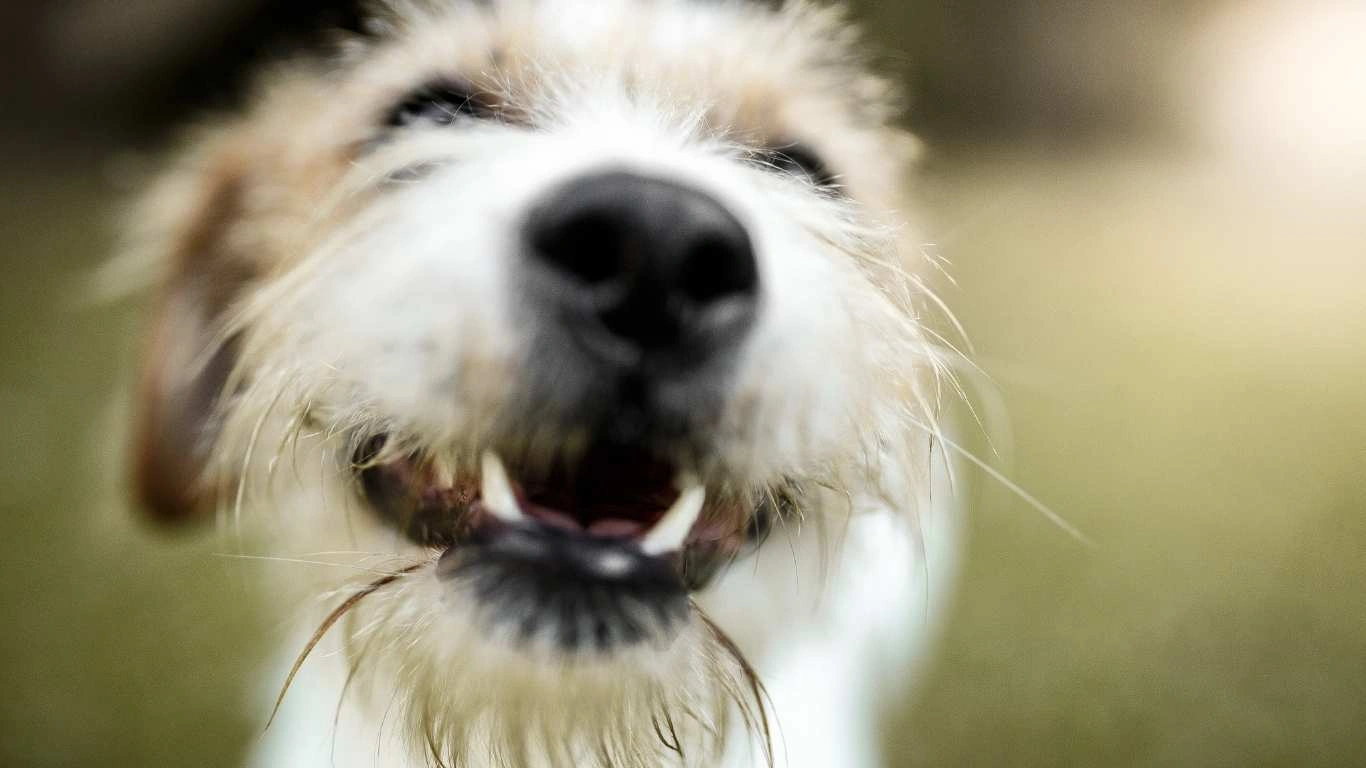
References
For more information on keeping your dog healthy in hot climates, I recommend checking out these reliable resources:
- PawPatron Pet Care and Nutrition – For expert tips on pet care, diet, and nutrition.
- AKC – Dog Food in Hot Weather – Learn how to choose the right food for your dog in warmer climates.
- Vetstreet – Offers insights on keeping your dog healthy year-round.
Disclaimer
While the information provided here is based on years of professional experience in pet care and nutrition, it is important to consult with your veterinarian before making significant changes to your dog’s diet or lifestyle, especially if your dog has underlying health conditions. The advice given in this article is intended to guide pet owners, but each dog is unique, and what works for one may not work for another.
